Remarkably, eight of the world’s top ten largest sports stadiums by capacity are college football venues in the United States. However, the biggest of these — Michigan’s Big House — is still rather smallish compared to the monster sports venue commissioned by North Korean dictator Kim Il-sung (father of Kim Jong-il and grandfather of current leader Kim Jong-un).
NO. 1 RUNGRADO MAY DAY STADIUM
Rungrado May Day Stadium (also known as Rungrado 1st of May Stadium) is named after the Rungrado Islet in the Taedong River where it is built. North Korea’s mammoth national stadium hosts soccer matches and, more famously, the Mass Games — a synchronized socialist-realist spectacular, featuring over 100,000 participants in a display of gymnastics, dance, and dramatic performance.
NO. 2 MICHIGAN STADIUM
Since it’s opening in 1927, “The Big House” has played home to a legion of legendary Michigan Wolverines, including Heisman winners Tom Harmon, Desmond Howard, and Charles Woodson. In 2013, it was also the site of the largest-ever college football crowd, when 115,109 watched the Wolverines battle it out with the Notre Dame Fighting Irish.
NO. 3 BEAVER STADIUM
Home to the Penn State Nittany Lions football team, Beaver Stadium is named after an 19th century governor of Pennsylvania, and not Oregon State’s mascot. The stadium had a record crowd of 110,753 for Penn State’s 40–7 victory over Nebraska on September 14, 2002, and is recognized for having one of the most raucous student sections in the country.
NO. 4 OHIO STADIUM
Situated on the bank of the Olentangy River, Ohio Stadium, more commonly known as “The Horseshoe.” The stadium has played host to U2, The Rolling Stones, Pink Floyd, and Genesis, but it never rocks out as much as during the Ohio State football games. Fueled by students in the South Stands, Buckeye fans will chant O-H-I-O by section, and sing along to The White Stripes “Seven Nation Army” after big plays.
NO. 5 KYLE FIELD
Kyle Field is named for Texas A&M horticulture prof who in 1904 carved out space for the stadium’s current site from agricultural land on campus. Known as ” Home of the 12th Man,” Kyle Field once packed in and SEC and state of Texas record 110,631 fans when the Aggies hosted the Ole Miss Rebels.
NO. 6 NEYLAND STADIUM
The Tennessee Volunteers football team played at Baldwin Park and Wait Field before occupying the newly-built Neyland Stadium in 1921. NFL legends Reggie White and Peyton Manning called the stadium home during their distinguished college careers.
NO. 7 TIGER STADIUM
For baseball fans, Tiger Stadium refers to the erstwhile home to the Detroit Tigers, but for football fans in SEC country, it is the intimidating home turf of the Louisiana State football team. Known as “Death Valley,” it has been variously described as the loudest stadium in all of college football, worst place in the world for a visiting team, and best place in the world to watch a sporting event.
NO. 8 BRYANT-DENNY STADIUM
Originally named Denny Stadium, after the university’s president from 1912 to 1932, Bryant was prepended to the name in 1975 in honor of longtime football coach Paul “Bear” Bryant. Don’t be surprised if the stadium’s name gets amended again after Nick Saban concludes his highly-successful stint as head coach. Saban-Bryant-Denny Stadium has an interesting ring to it…
NO. 9 DKR-TEXAS MEMORIAL STADIUM
In 1996, the University of Texas added the name of former football coach Derrell K. Royal to their stadium’s name. Royal guided the Longhorns to three national championships and eleven Southwest Conference titles from 1957-76.
NO. 10 MELBOURNE CRICKET GROUND
Melbourne Cricket Ground, the largest stadium in the Southern Hemisphere, sneaks into the overall top ten with its seating capacity of just over 100,000. The grand circular sweep of its design, ensures fans optimal viewing from every angle when it hosts cricket, rugby league, soccer and AFL games.


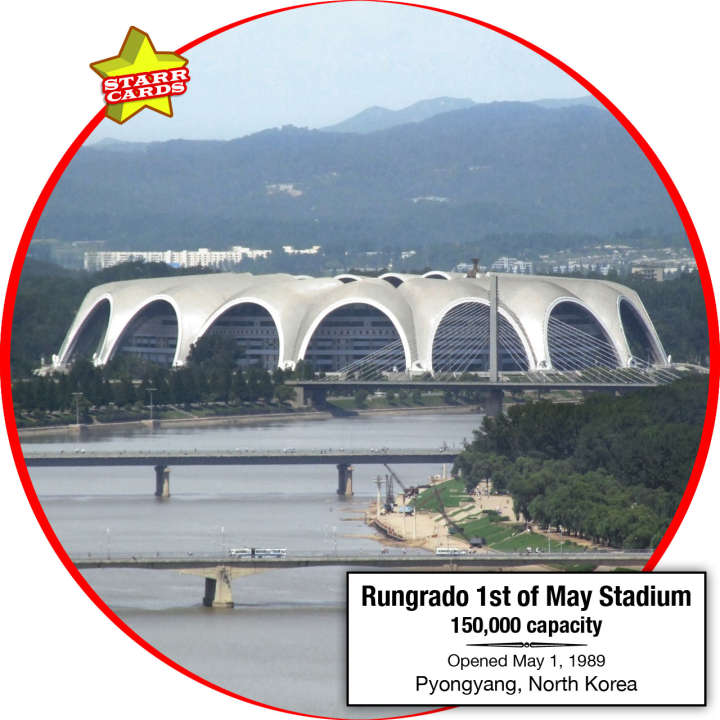
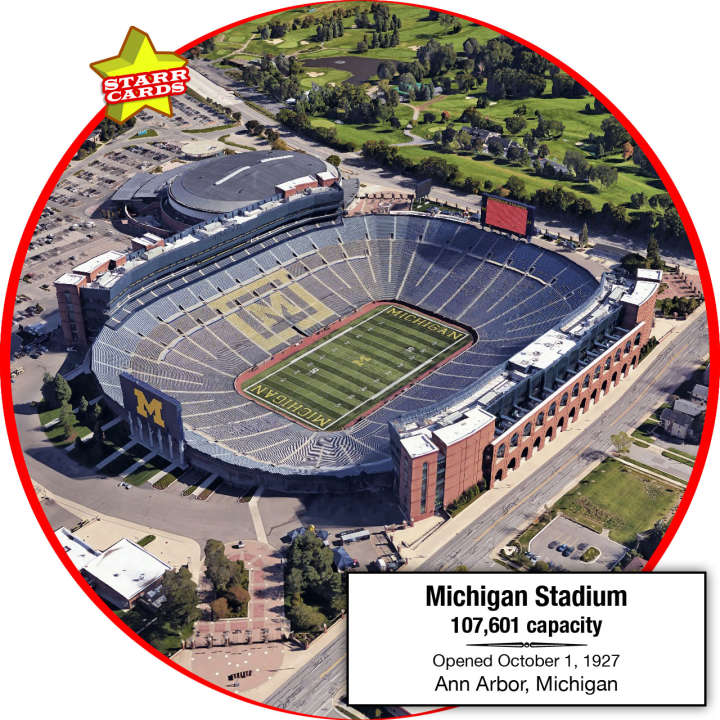

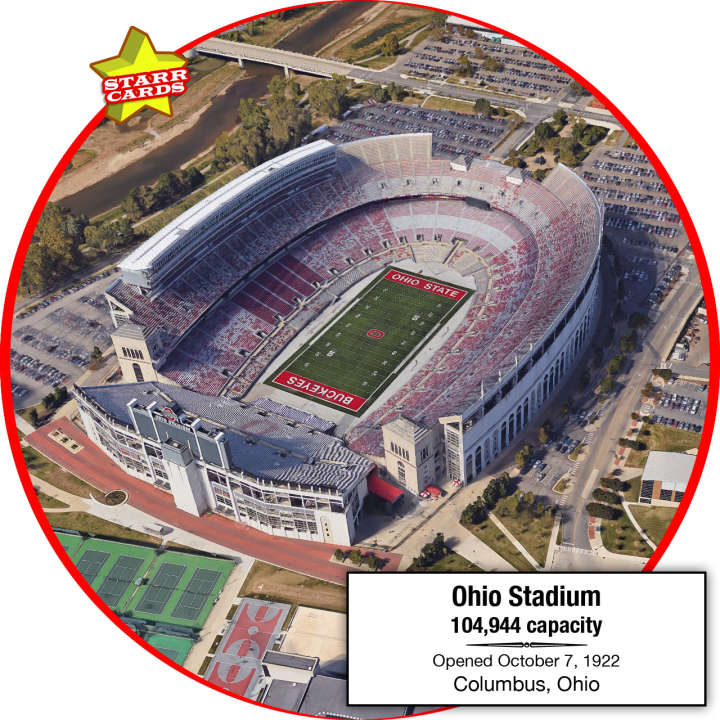
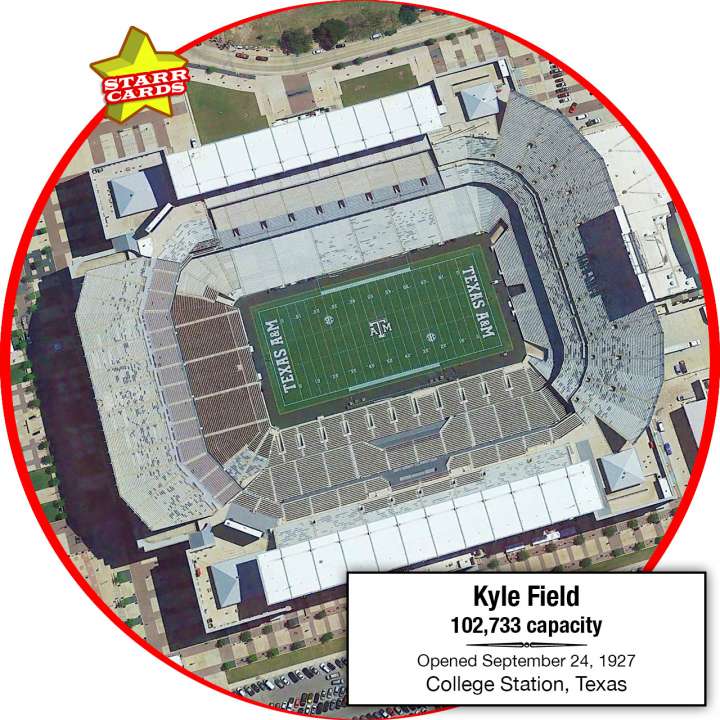
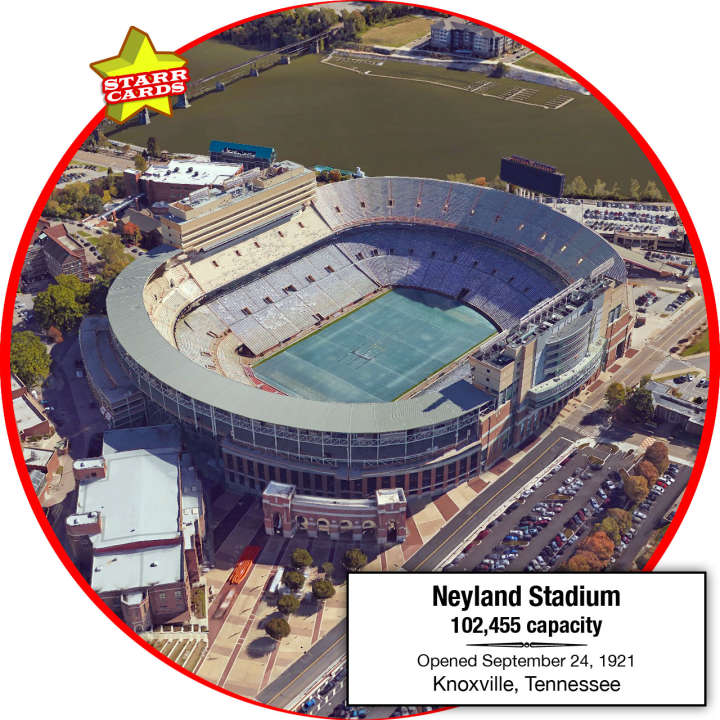
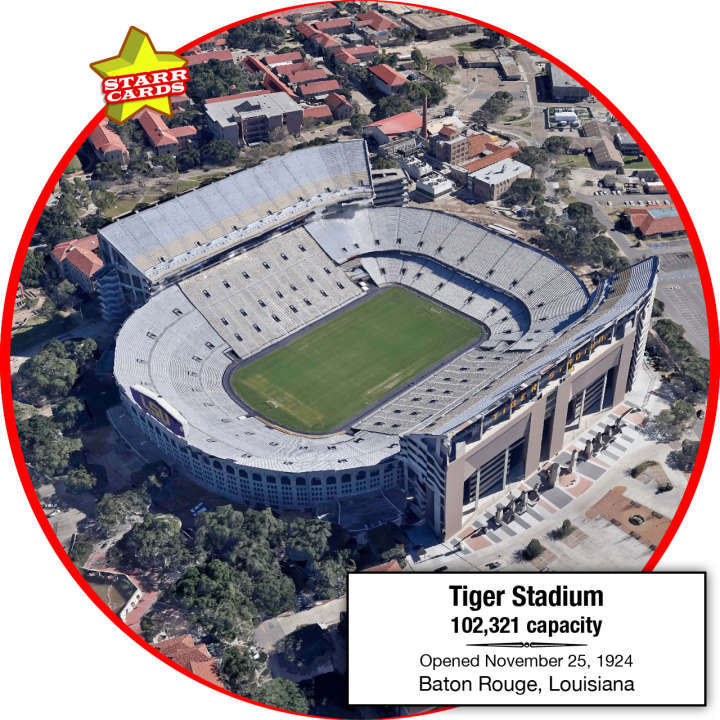

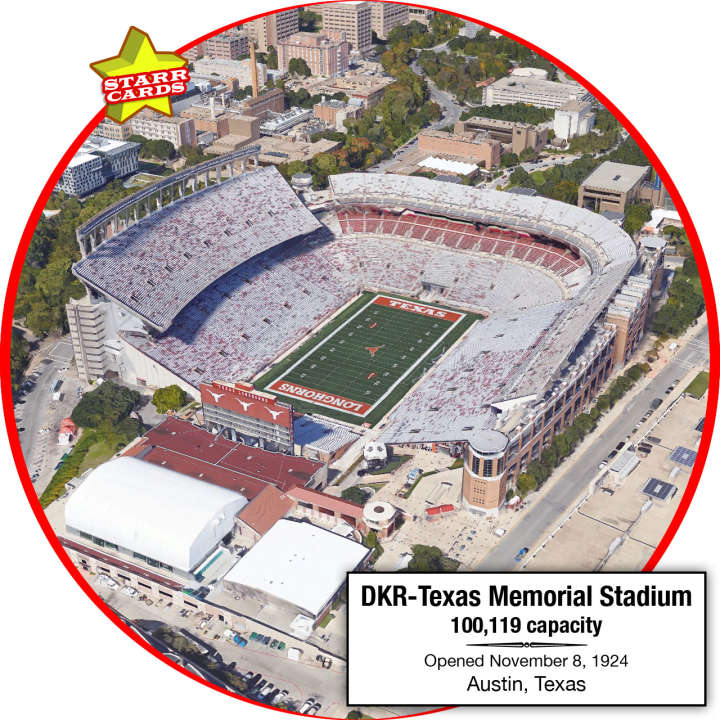
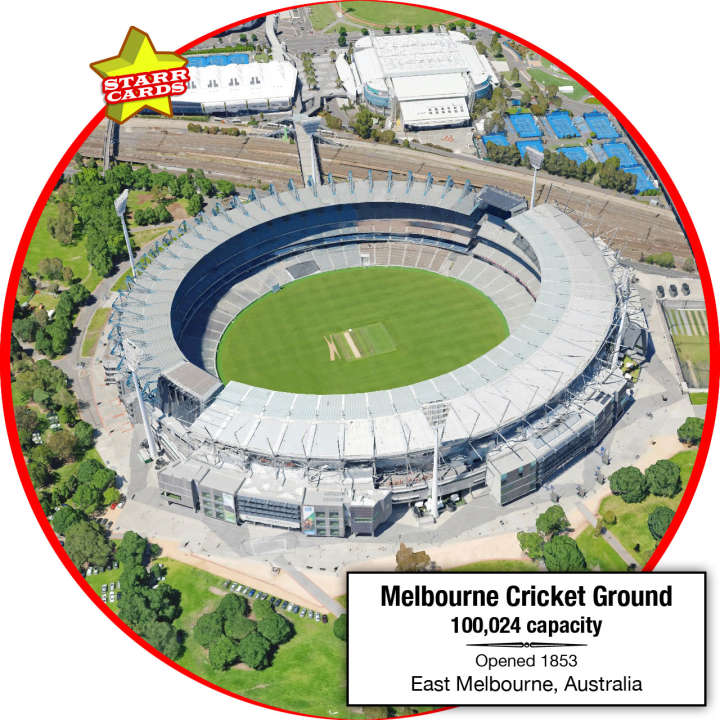






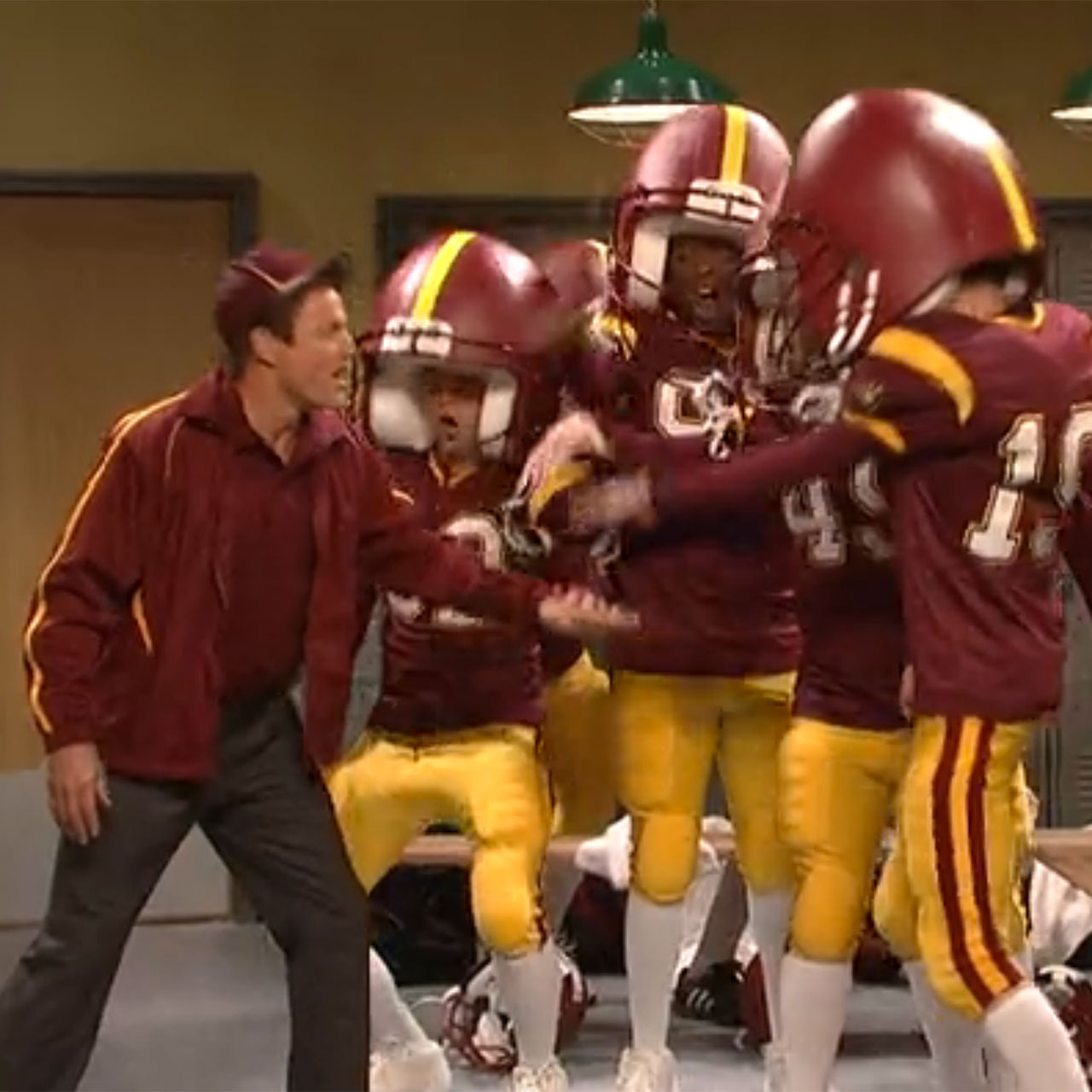
Leave A Comment